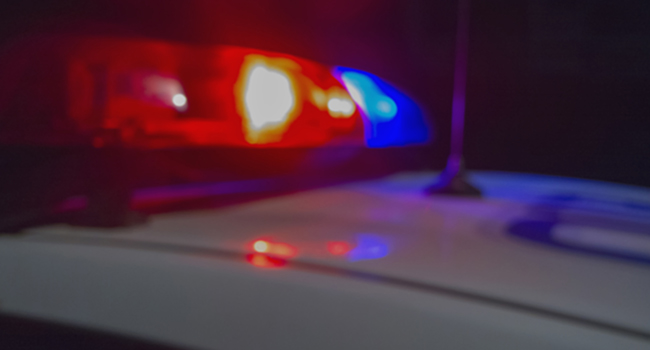
Case Western Reserve University to Review Security After Shooting Near Campus
An undergraduate CWRU student was shot near the campus on Saturday at about 8 p.m. The victim remained in stable condition as of Sunday evening, according to university officials.
- By Jessica Davis
- November 07, 2018
Case Western Reserve University in Cleveland, Ohio, has boosted police patrols on campus and will be reviewing security measures following the shooting of a student near the campus Saturday night.
An undergraduate CWRU student was shot near the campus on Saturday at about 8 p.m. The victim remained in stable condition as of Sunday evening, according to university officials.
When police arrived at the scene of the shooting, the victim said he had been robbed and described two suspects. University Circle Police tracked down two men matching the description, who then exchanged fire with police. One suspect was shot and taken to a hospital to be treated, and the other was arrested at the scene and has been charged with attempted murder.
Following the shooting, CWRU officials addressed some security and safety concerns, including questions about whether there was a delay between the time of the shooting and the release of the first emergency alert sent out to the campus. CWRU Police Chief Jay Hodge said that his team’s protocol during emergency situations is to prioritize helping the victim and getting a description of the attackers.
"Looking back at this situation, we felt that the two immediate things were done," Hodge said. "...keeping that in mind, yes, we could’ve sent out an alert out just telling everyone to stay away of the area. From that point on, we're going to review, go back, look at how we’re doing this and find better ways to put out alerts or a faster way."
In a statement Monday afternoon, CWRU said they had added police patrols Saturday night that will remain in place until further notice. In addition, they said they “are working internally and with organizational partners to address concerns raised this weekend regarding staffing and deployment, Safe Ride transportation and lighting, and will provide additional updates as information becomes available."
About the Author
Jessica Davis is the Associate Content Editor for 1105 Media.